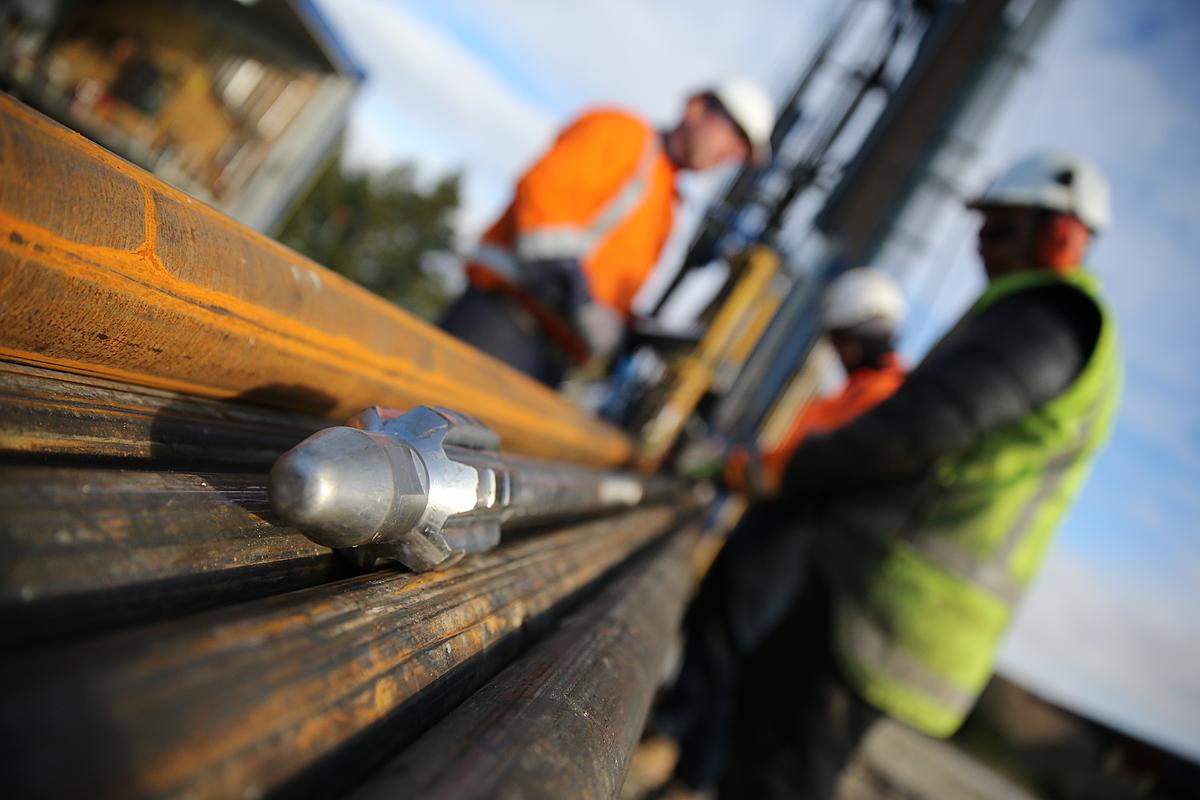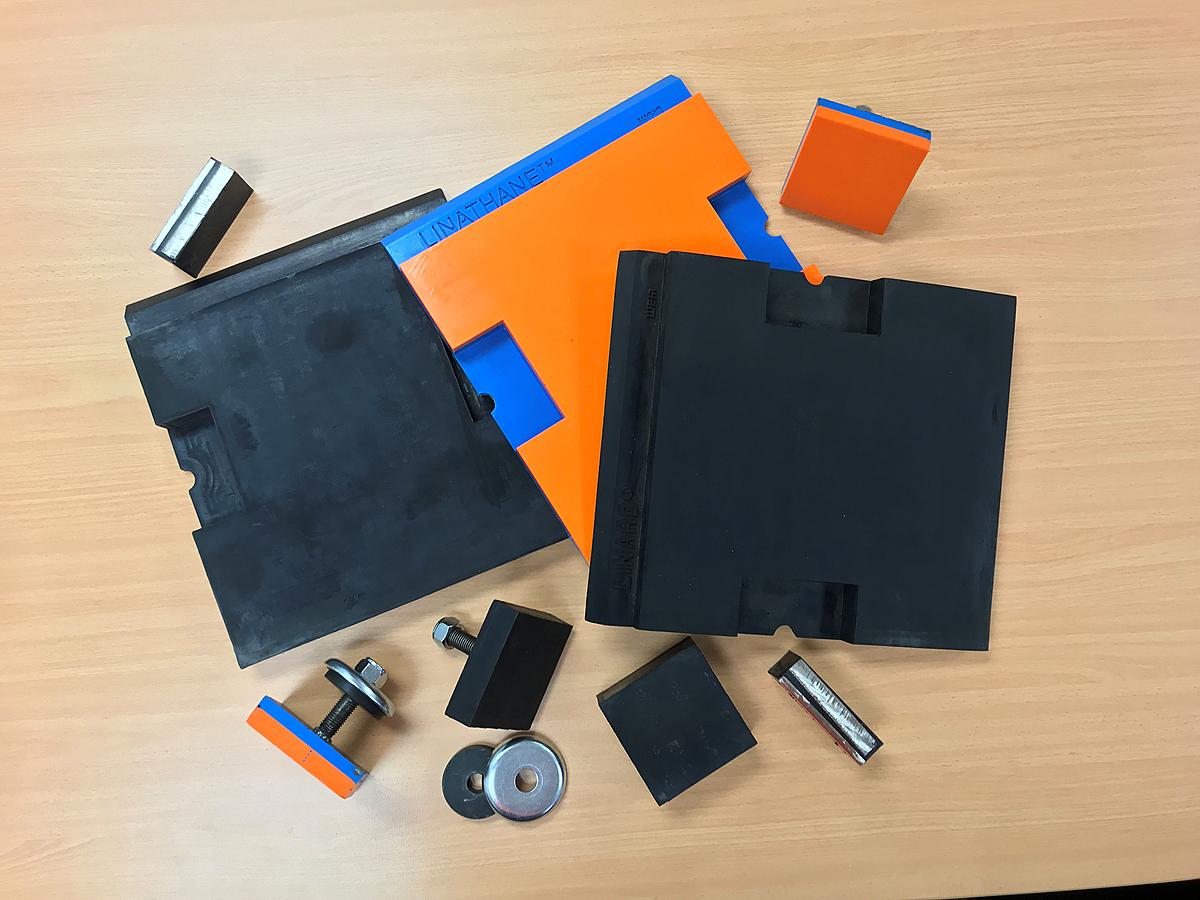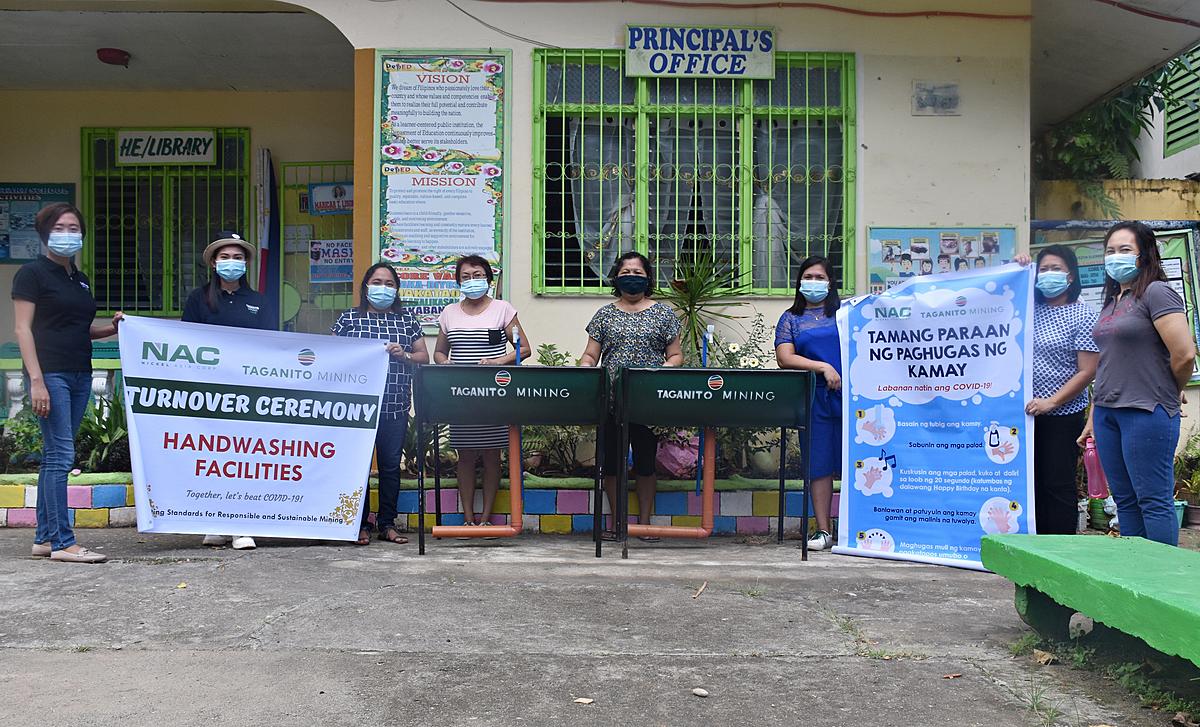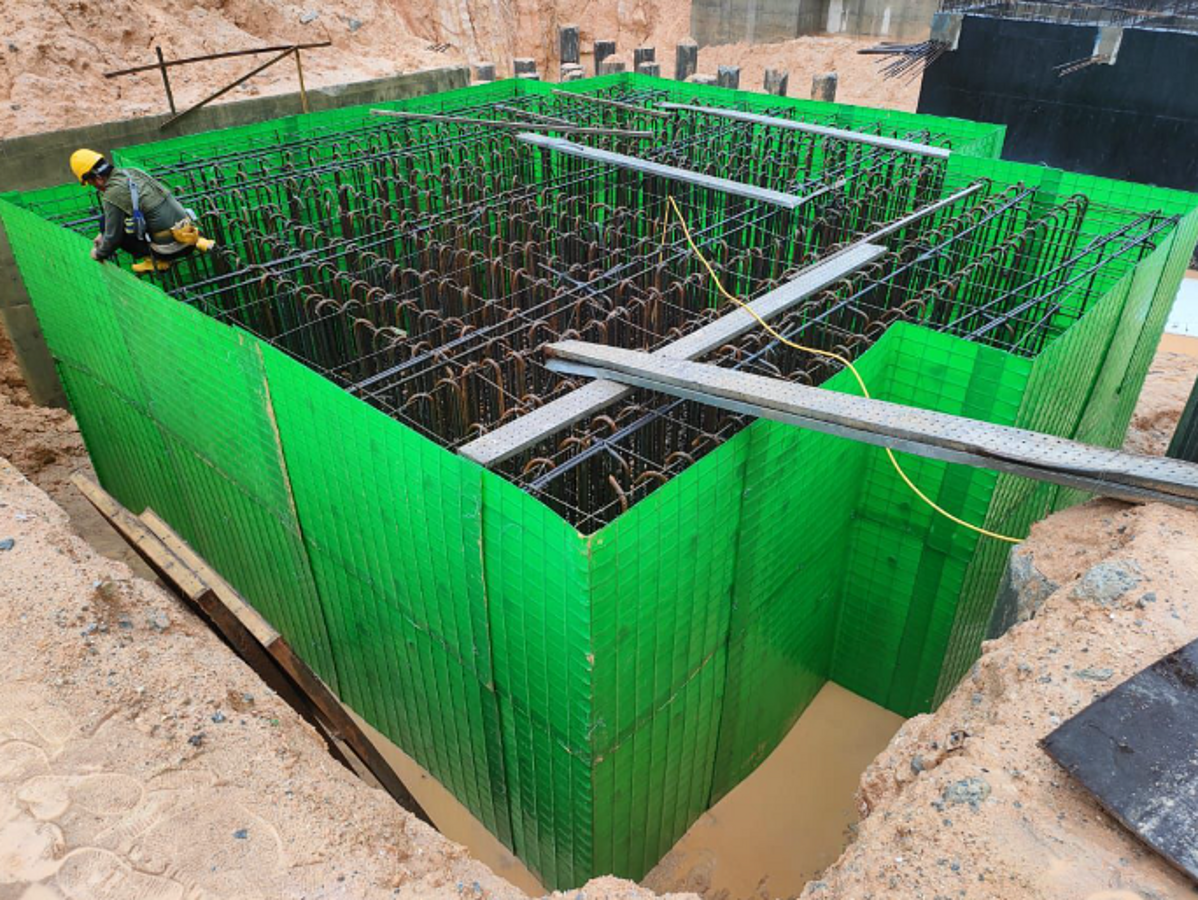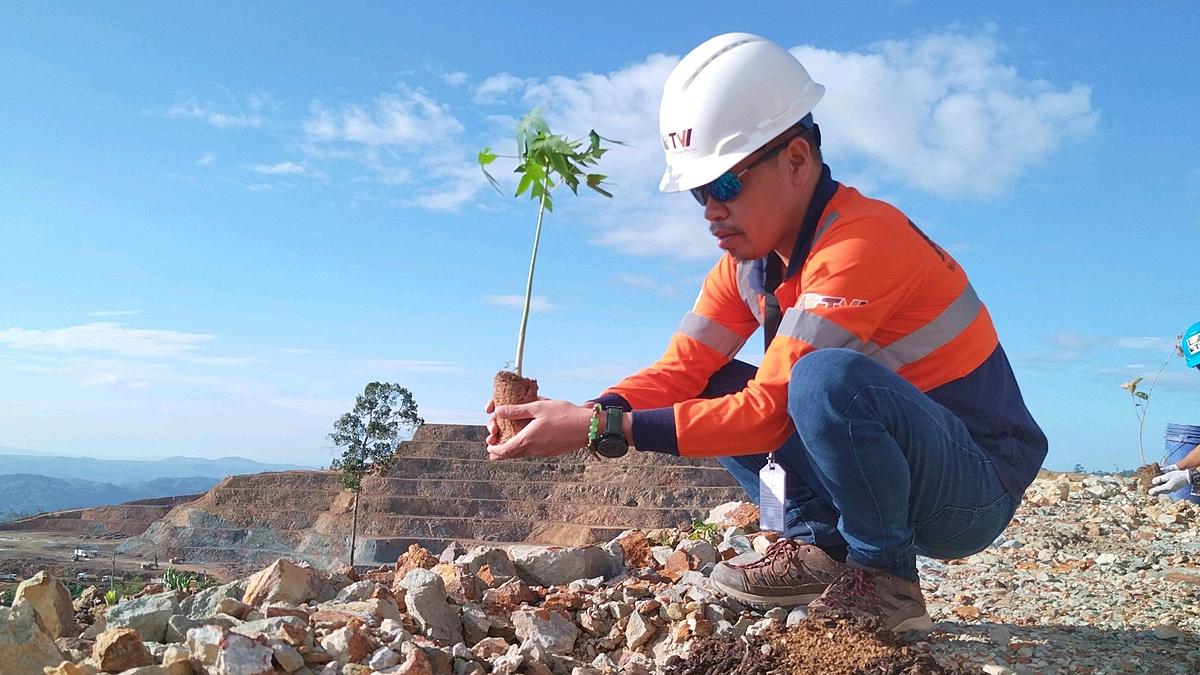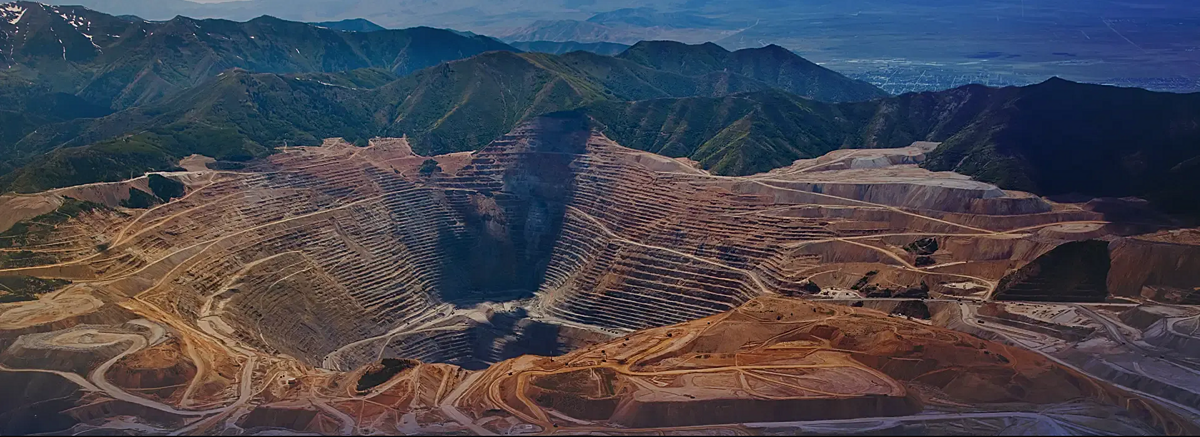Dr Michelle Carey, IMDEX’s General Manager – Product Development, discusses the future challenges and key disrupters, innovation and collaboration within the mineral exploration industry.
In my view the three greatest challenges for mineral exploration in the future include:
The need to explore under ground cover and at greater depths. The easy surface ore bodies have been found and resource companies are mining their reserves fast than they are replacing them;
Changing skillsets for geologists. There will be an increasing need for data science and analysis, rather than ‘rock licking’. This transition may be challenging for some geologists who have a real passion for field work; and
The social license to operate, especially in countries where there are geopolitical challenges or there is competition for vital resources such as water.
If I was to predict the three greatest disruptors in exploration, it would be: automation of the drilling process; low environmental impact mining, such as a move away from surface open pits; and in conjunction with that precision mining.
Game-changing innovation
The most game-changing innovation has been the digitisation of the exploration cycle, which has dramatically improved the availability, accuracy and timeliness of data for critical decision making.
An example of this digitisation is the development of portable XRF on-site assays and incorporated it into workflows that allow geologists to look at chemistry data they can trust in real-time.
Similarly, the availability of analytical software allows geologist to interpret large amounts of data using quite sophisticated methodology from classification diagrams to cluster analysis to self-organising maps. For example, IMDEX ioGAS™ is a leading exploratory data analytics software for the detection of anomalies and relationships in geoscience data.
Rounding out the digitisation story is the move to 3D. Sensors and software are all joining up into systems, which enables geologists to monitor their program progress in 3D and no doubt soon enough go from data to 3D modelling in a semi-automated way. IMDEX’s relationship with Seequent and the recent joint releases is a step along that path.
One thing that hasn’t changed a lot over the past 30 years is the drilling itself – although all of this is about to change with the release of new drilling productivity technologies!
Collaboration is achieving the best outcomes for clients in Asia and globally
A really pleasing trend now is the push towards greater collaboration between technology and service providers to achieve the best outcomes for clients. IMDEX’s own recent examples include collaboration with MICROMINE, Seequent and acQuire Technology Solutions (acQuire), where data from the field is seamlessly put where a geoscientist needs it.
The integration of IMDEX ioGAS™ with MICROMINE’s latest 3D modelling and mine design software enables geoscientists to directly import ioGAS (.gas) files into Micromine 2020 software to map and model geological domains.
The Seequent partnership integrates IMDEXHUB-IQ™ with Seequent’s Central software, which provides 3D visualisation of geological data in real-time. IMDEX’s partnership with acQuire also integrates IMDEXHUB-IQ™ with its GIM Suite. The result for clients is an integrated and automated workflow, which means less manual data handling, improved data governance and data quality, and streamlined access to trusted results.
We have come along way
There have been a vast range of changes and even within our traditional core business of downhole surveying and core orientation.
IMDEX introduced the first digital survey tool – REFLEX EZ-SHOT™ – to the market in the late 1990s to replace analogue photographic tools. We then progressed to digital magnetic-based tools such as REFLEX EZ-TRAC™.
Now IMDEX is focusing on delivering a wider range of gyros to meet the needs of clients, including continuous mode north-seeking gyros like our REFLEX GYRO SPRINT-IQ™, which are considerably more accurate and faster.
The key advancement behind all of this, was enabling drillers to use high-end tools with confidence and removing the need to rely on survey providers, which incurred additional costs and often time delays for projects.
Geologists also have access to all the data collected by a survey tool in real time, so they can check the quality and critically make decisions about whether the hole is still on target.
It’s not just survey tools that drillers are operating, we have taken the same approach with petrophysical sensors – for example the REFLEX EZ-GAMMA™. The sensor allows geologies to obtain rock property data at the completion of each drill hole.
With core orientation, it used to involve ‘spearing’ – which literally meant dropping a spear down the hole to make a mark on top of the drill core to assist with its orientation. IMDEX introduced its first digital core orientation tool – the REFLEX ACT™ – in 2004. This was considered to be a revolutionary tool, as it made orientation so easy that it became a much more widely adopted practice for the industry. The shift to digital – such as the REFLEX ACT-IQ™ – also allows an audit trail on the quality of the orientation mark.
Other examples of progress include the adoption of paperless documentation and sumpless drilling.
It was common to see boxes and boxes of pre-ordered carbon books on site for all the documentation required around the rig. Nowadays crews are using software such as IMDEX Mobile™ for paperless data collection and productivity reporting. In additional to eliminating the cumbersome boxes, the benefits include real-time access to data they can trust by a wider range of stakeholders and critical decision makers.
Similarly, earthen fluid sumps on site are becoming a thing of the past. The adoption of solids removal units (SRUs) is increasing due to environmental concerns and challenges associated with the social licence to operate.
The IMDEX AMC Ultra Lightweight Solids Removal Unit™ is a completely closed-loop system. It substantially decreases the volume of water and mud required, minimises site disturbance and creates a safer work environment. The unit can even be coupled with the IMDEX MUD AID™, a remotely monitored, in-field mud testing unit that is designed to optimise and automate fluid management.
The drilling fluids themselves have become a lot more sophisticated too. Historically we were largely limited to bentonite, now there is a range of products and customised fluid systems that support drilling in difficult ground conditions and enable better core recovery. The list could go on. What is also noteworthy and very pleasing, is that our operations are getting a lot safer.
More information sourcing IMDEX AMC & REFLEX products in the Philippines, contact our distributor Uniglobal Industrial Trading (uniglobalindustrialtrading.com).
ABOUT IMDEX
IMDEX is a leading Mining-Tech Company, which enables successful and cost-effective operations from exploration to extraction.
The Company develops cloud-connected devices and drilling optimisation products to improve the process of identifying and extracting mineral resources for drilling contractors and resource companies in Asia and globally. www.imdexlimited.com

